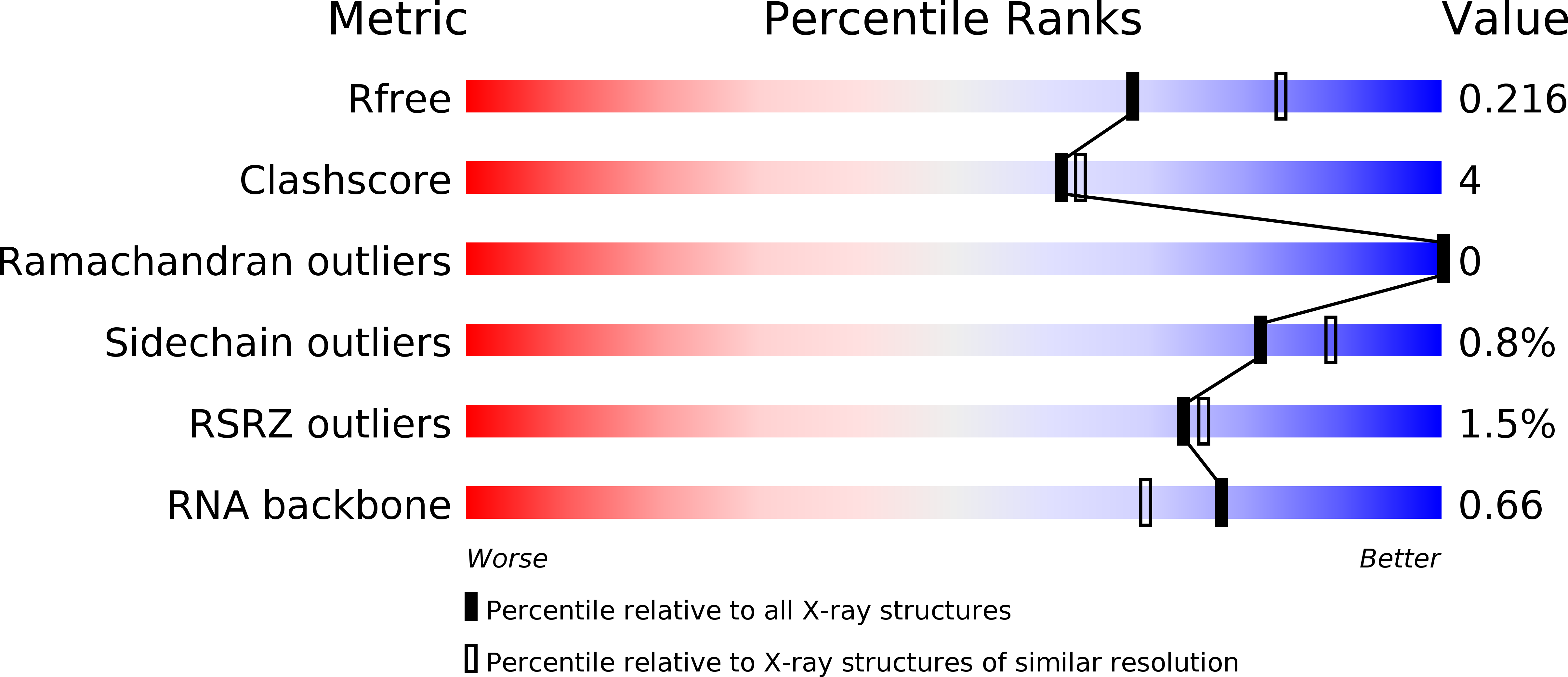
Deposition Date
2011-01-24
Release Date
2011-03-23
Last Version Date
2024-11-06
Entry Detail
PDB ID:
3QG9
Keywords:
Title:
crystal structure of FBF-2/gld-1 FBEa A7U mutant complex
Biological Source:
Source Organism:
Caenorhabditis elegans (Taxon ID: 6239)
Host Organism:
Method Details:
Experimental Method:
Resolution:
2.25 Å
R-Value Free:
0.22
R-Value Work:
0.17
Space Group:
P 61


